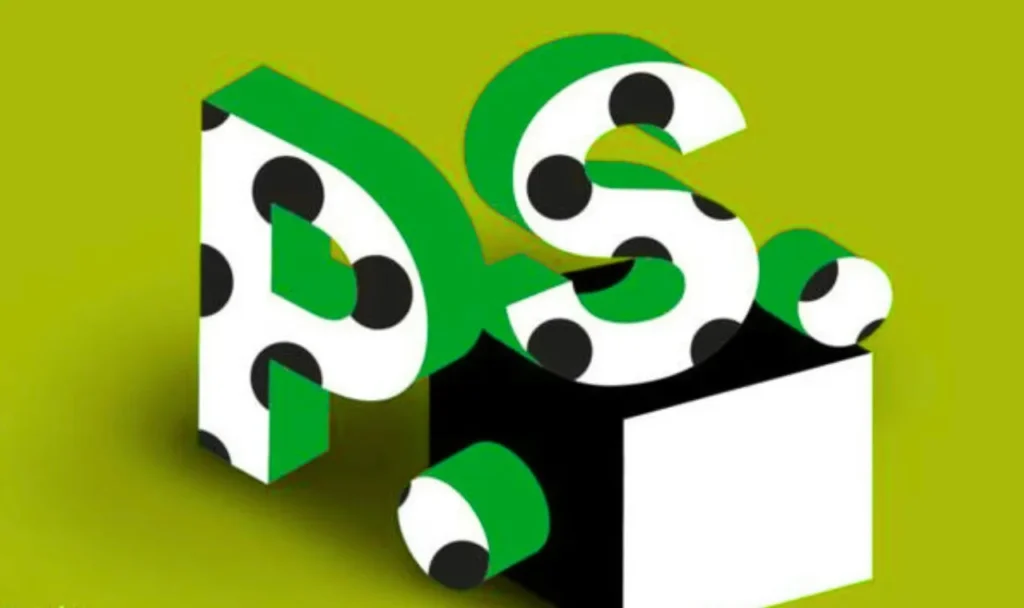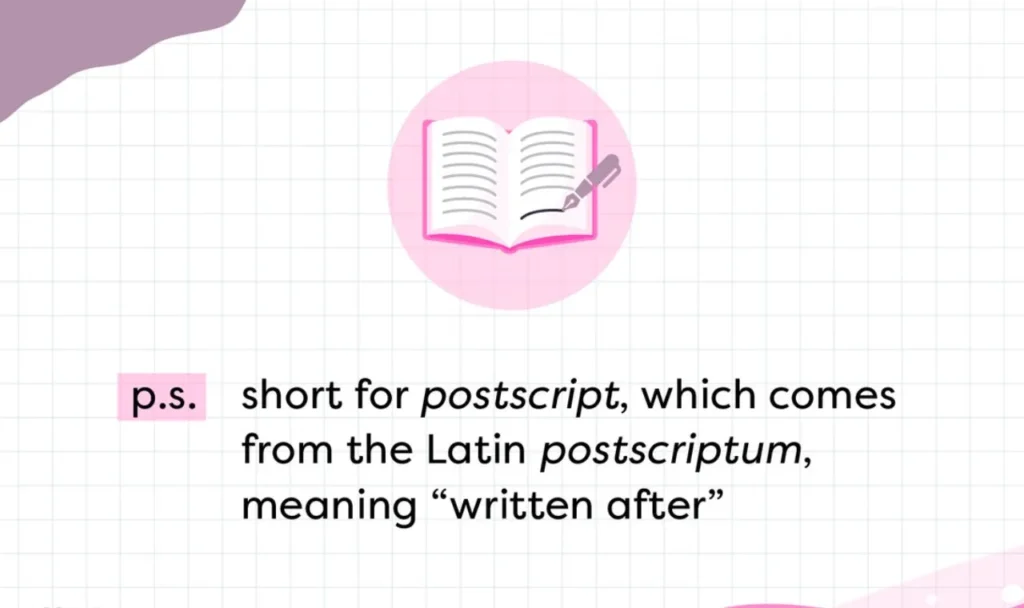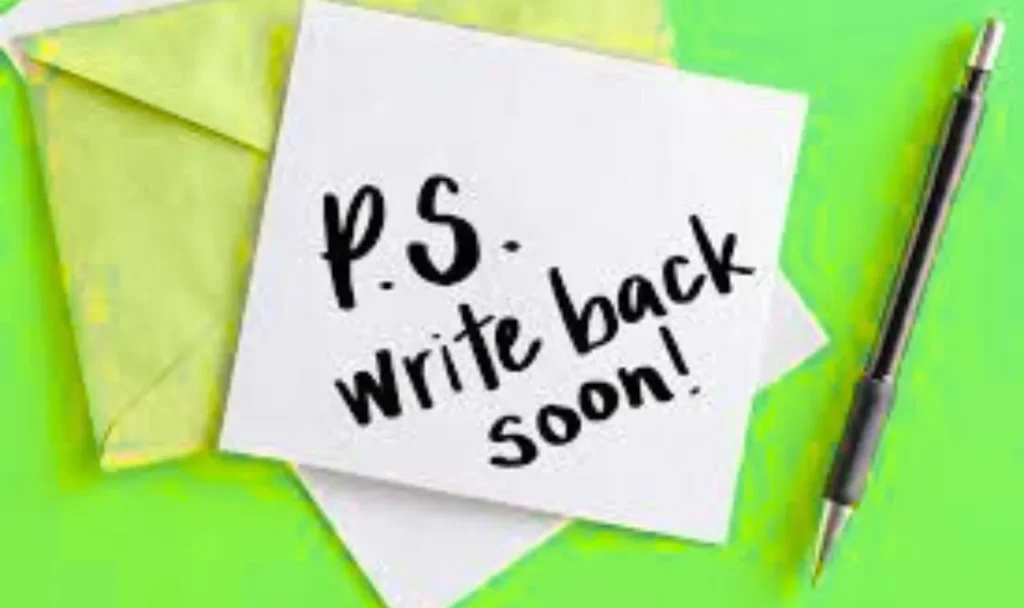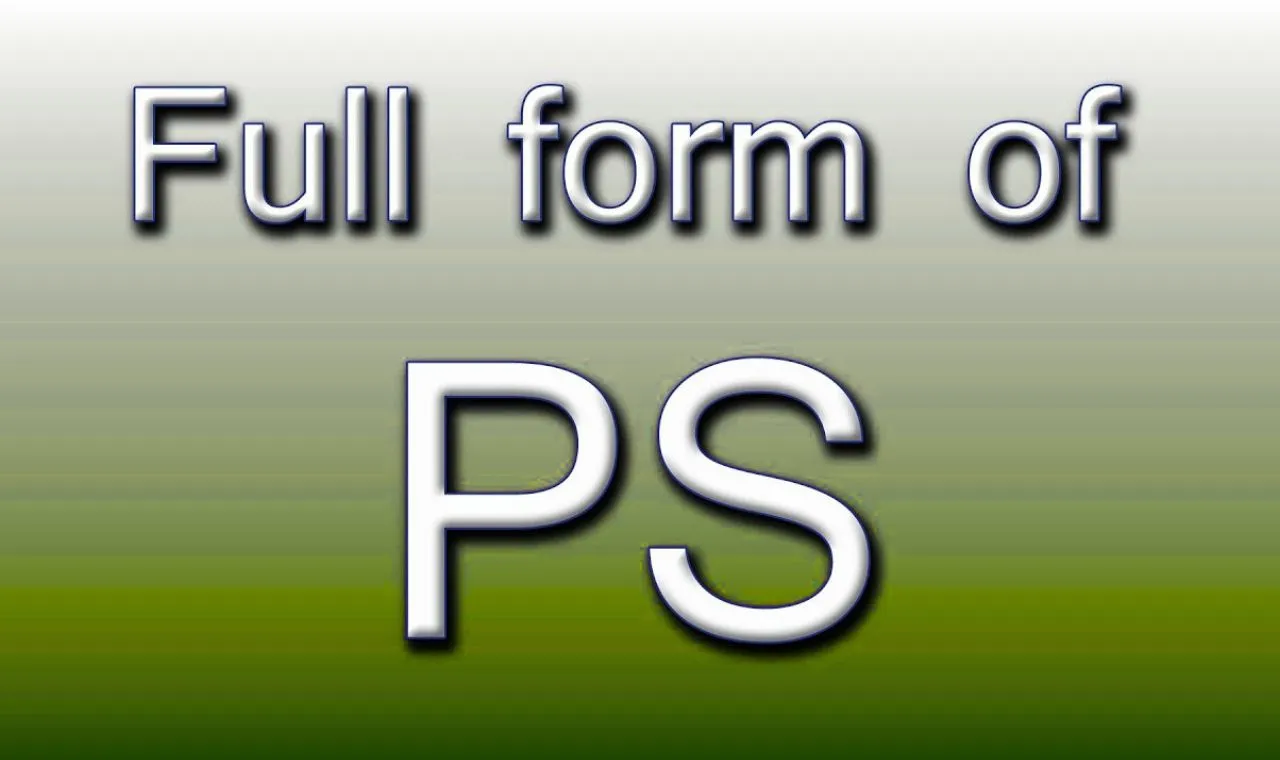Communication has evolved rapidly in the digital age. From handwritten letters to instant messaging, our way of expressing thoughts has transformed. However, abbreviations still remain a powerful tool to convey more with fewer words. One such abbreviation that often confuses people during conversations is ps full form in chat You’ve probably seen it in texts, emails, or online chats, but do you really know what it means and how to use it correctly?
Let’s break down the PS full form in chat, its meaning, history, and practical use in digital communication.
What Does PS Mean in Chat?
The full form of PS in chat is “Postscript.”
It originates from the Latin word post scriptum, meaning “written after.” In simple terms, PS is used when you want to add something extra after finishing your main message.
In chats or emails, PS acts like an afterthought, an additional message that pops into your head after you’ve already sent or written your main text.
For example:
“Hey! Thanks for the invite, I’ll be there at 8. PS: Don’t forget the cake!”
Here, the PS part adds a casual reminder or comment after the main message.
Quick Reference Table for PS in Chat
| Aspect | Explanation |
| Full Form | Postscript |
| Origin | Latin word Post Scriptum meaning “written after” |
| Used In | Chats, emails, letters, and online posts |
| Purpose | To add extra information after the main message |
| Tone | Informal, friendly, or humorous |
| Example 1 | “PS: You’re still my favorite person!” |
| Example 2 | “PS: Don’t forget to check your inbox!” |
| Common Platforms | WhatsApp, Instagram, Facebook, Telegram, Email |
| Used For | Emphasizing, reminding, or adding a side note |
| Related Abbreviations | BTW (By The Way), FYI (For Your Information), ASAP (As Soon As Possible) |
| Context Type | Both formal and informal, depending on tone |
| Pronunciation | P-S (said separately) |
| First Known Use | 1500s (letter writing) |
| Digital Relevance | Widely used in chats and emails |
| Example Sentence | “PS: I forgot to tell you, the meeting is at 10 AM.” |
| Importance | Makes messages more engaging and personal |
| Common Mistake | Writing the PS before completing the main message |
| Emoji Use | Often paired with or for a friendly tone |
| Social Media Use | To add humor or emotional touch |
| Why It Matters | Enhances connection in digital communication |
History and Evolution of PS

The abbreviation PS has been around for centuries. It was first used in traditional letter writing. When someone forgot to mention something in their letter, they would write “P.S.” at the end, followed by their additional message.
Example:
“Yours sincerely,
John
P.S. I forgot to mention — your gift was amazing!”
With time, as communication moved from paper letters to digital messages, the PS evolved but retained its charm. Now, people use it not just for forgotten thoughts but also for humor, emphasis, or even emotional connection in chats.
In modern times, PS in chat helps add a personal touch, making a message appear spontaneous and real, which is why it remains a favorite among texters and social media users.
PS in Digital Communication Modern Usage
When chatting online, PS can be used in various creative ways. It’s no longer limited to corrections or forgotten thoughts. Here are some examples of how people use PS today:
- To add humor
“Had fun last night! PS: You owe me pizza.” - To express affection
“Goodnight, sweetheart. PS: I miss you already.” - To make an announcement
“Our new product launches Monday. PS: Early buyers get 10% off!” - To make the message memorable
“Can’t wait for tomorrow! PS: You’d better bring your dancing shoes!”
Using PS makes the message engaging, human, and relatable.
Difference Between PS in Chat and in Formal Writing

Though the full form remains the same, the usage of PS in chat differs from formal writing.
- In formal communication, PS is used when adding an important note or clarification after signing off.
- In informal chats, it’s more of a fun or emotional addition.
Example (Formal Email):
“Thank you for your interest in our services.
PS: Please find the attached brochure for your reference.”
Example (Casual Chat):
“See you soon! PS: Bring snacks this time.”
Thus, while the meaning remains the same, the tone and purpose shift depending on context.
Why People Still Use PS in Chat
Despite new emojis, GIFs, and hashtags, PS has stood the test of time. Here’s why people continue to use it:
- Adds a personal tone: It makes a chat feel more human.
- Shows spontaneity: Reflects real-time thoughts or emotions.
- Creates emotional impact: The ending PS often stays in memory.
- Adds humor or wit: Perfect for a funny afterthought.
- Improves message flow: Helps add something without rewriting the message.
In short, PS is like the final sprinkle on a digital message — small but memorable.
Examples of PS Usage in Real Conversations
Here are some examples that show how PS works naturally in everyday chats:
- Example 1:
“Thanks for helping with the project! PS: You’re a lifesaver!” - Example 2:
“Dinner was great. PS: Next time, dessert’s on me!” - Example 3:
“Don’t be late tomorrow. PS: I’ll bring coffee!” - Example 4:
“Happy Birthday! PS: Your gift is still on the way.” - Example 5:
“See you next week! PS: Don’t forget our bet!”
Each example adds warmth, humor, or emphasis, just what digital conversations often need.
When Not to Use PS in Chat
Though PS is versatile, it’s not suitable everywhere. Avoid using PS in the following situations:
- Formal job-related messages (like HR or interview emails)
- Legal or business documents
- Academic or research communication
- Professional reports or memos
In such cases, it’s better to edit your message directly instead of adding a PS.
Alternative Expressions Similar to PS
If you want to avoid repeating PS too often, here are a few alternatives that carry a similar meaning or tone:
- BTW (By The Way) – for casual reminders
- FYI (For Your Information) – for informative notes
- TBH (To Be Honest) – for personal opinions
- Also, a simple conversational addition
- Oh, and one more thing– a natural alternative in chats
Example:
“Oh, and one more thing — bring your charger!”
These phrases keep the flow conversational while serving the same purpose as PS.
PS in Social Media and Text Culture
Social platforms like Instagram, WhatsApp, or X (formerly Twitter) have redefined how we use PS. People often include it in captions, posts, or messages to sound friendly or witty.
Examples:
- Instagram Caption:
“Had the best day with my squad! PS: We nailed the photoshoot.” - Twitter/X Post:
“Just finished my final exams! PS: I can finally sleep in peace.” - Facebook Post:
“To everyone who wished me — PS: You made my day special ”
In short, PS has become more than grammar; it’s a social tool for digital storytelling.
How to Use PS Correctly in Chat
Here are simple rules to use PS effectively:
- Place it at the end: Always add PS after the main message.
- Keep it short: It should be one or two sentences max.
- Stay relevant: Add something meaningful or emotional.
- Use tone wisely: Match the PS tone with the overall mood.
- Use it sparingly: Too many PS lines can look cluttered.
Example:
“Can’t wait for our trip! PS: Don’t forget sunscreen!”
PS in Email Communication
Even in the professional world, PS hasn’t lost relevance. In marketing emails, companies use PS to grab attention or highlight offers.
Example (Marketing Email):
“We hope you enjoy our new collection.
PS: Use code SAVE10 for an instant discount!”
This approach works because the reader’s eyes often fall on the PS first, making it a powerful tool for engagement and conversion.
Psychological Impact of Using PS
Believe it or not, ps full form in chat carries a psychological advantage in communication. Readers or receivers often focus on the last line of a message, which means a well-crafted PS can leave a strong impression. That’s why marketers, influencers, and communicators continue to use PS. It draws attention, creates emotional closure, and improves memory recall.
Common Mistakes to Avoid with PS
While simple, people often make these mistakes when using PS:
- Writing “PS” in the middle of a message instead of at the end.
- Using multiple PS (like PS, PSS, PSSS) excessively.
- Adding irrelevant or confusing comments.
- Using uppercase or lowercase inconsistently (always use “PS” or “P.S.”).
Correct usage maintains clarity and professionalism, even in casual chats.
Fun Facts About PS
- PS was first documented in handwritten letters during the 1500s.
- Some people humorously use PSS (Post Scriptum Scriptum), but it’s grammatically incorrect.
- Famous personalities, including authors and presidents, used PS in letters to emphasize emotional points.
- In modern social media, PS can also appear as #PS for hashtags.
- Psychologists note that a PS often increases reader engagement by 25–30%.
PS in Pop Culture and Advertising
The influence of PS goes beyond conversation. Many brands and movies use it for catchy taglines. For example:
- Perfume ads sometimes end with “ps full form in chat: You’re unforgettable.”
- Some song titles and albums include “PS” to express afterthoughts or emotions.
- Even movies or books use “PS” in titles — like the famous “P.S. I Love You.”
These creative uses keep PS alive as a universal symbol of emotion and memory.
Modern Adaptation: PS in Emojis and Memes
In the emoji-driven era, ps full form in chat often pairs with expressive symbols:
- “PS: Miss you ”
- “PS: You’re late again.”
- “PS: Coffee soon? ”
Memes also use PS humorously to add a twist at the end of captions — often acting as the punchline of the joke.
How PS Adds a Human Touch to Digital Texts
Unlike formal closings or structured grammar, PS feels personal and spontaneous. It makes the reader feel that you thought of them even after finishing the message — creating warmth and sincerity.
That’s why, even in 2025, ps full form in chat continues to matter. It adds charm, emotion, and realism to text-based communication.
Future of PS in Digital Communication
Will ps full form in chat survive as technology evolves? Absolutely. While AI chatbots, emojis, and instant replies dominate, PS retains emotional depth that machines can’t replicate.
As humans continue to value authenticity and connection, ps full form in chat remains a timeless digital signature — a subtle way of saying, “I care enough to add one more thing.”
FAQs
Q1. What is the PS full form in chat?
Ans: The PS full form in chat is Postscript, derived from the Latin term post scriptum, meaning “written after.” It’s used to add an extra note after the main message.
Q2. How is PS used in chatting or texting?
Ans: PS is added at the end of a message to include an afterthought, reminder, or funny comment. Example: “See you later! PS: Don’t forget the tickets!”
Q3. Is it okay to use PS in professional emails?
Ans: Yes, but with caution. PS can be effective in marketing or friendly emails, but should be avoided in formal or legal communication.
Q4. What’s the difference between ps full form in chat and BTW?
Ans: Both add extra information, but ps full form in chat is used after the main message, while BTW fits within the message flow.
Q5. Can PS be written as ps full form in chat?
Ans: The correct form is PS or P.S. Both are acceptable, but “PS” (uppercase, no periods) is more common in digital chats.
Final Thoughts on PS Full Form in Chat

The PS full form in chat, meaning “postscript,” might be centuries old, but it’s still a powerful and expressive tool in digital communication. From heartfelt messages to playful reminders, PS adds warmth, humor, and connection—qualities that emojis or stickers can’t always capture.
In a fast-paced, emoji-filled world, PS reminds us that communication is still deeply human. Whether you’re sending a casual WhatsApp message or a creative Instagram caption, a simple “PS” can make your words linger a little longer in someone’s heart.

